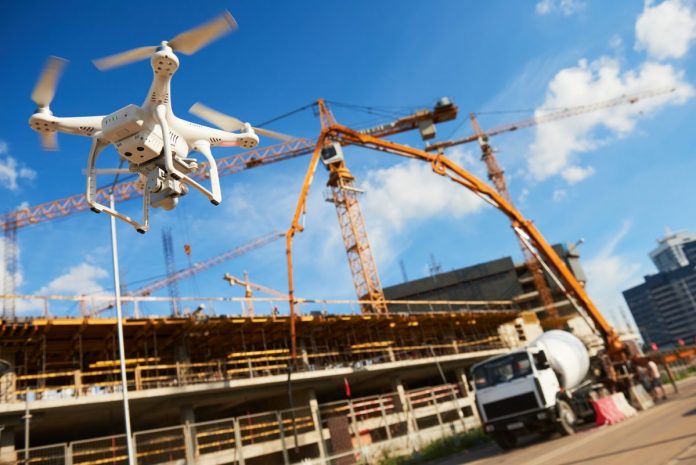There are many challenges associated with managing industrial facilities and infrastructure, and the difficulty of those challenges increases exponentially when those facilities are remote or unmanned, and that infrastructure is long-range.
In industries like mining and energy, increased difficulty tends to translate to high costs, slowed production and potential risks to employees, civilians and the environment. Thankfully, we live in a time of futuristic technology, and one of those futuristic technologies is the solution for managing remote industrial sites, assets and infrastructure: automated industrial aerial drones.
Auto pilot
The automated industrial drone is the logical next step in industrial drone technology that has begun to transform industrial businesses worldwide. Automated UAVs fly themselves from launch to landing, even automatically collecting and processing data. Leading automated drones also perform their own basic maintenance including the changing of batteries and sensors.
Drones built with end-to-end automation offer a significant benefit over standard industrial drones that incur both the major expense of a drone pilot and the delays associated with waiting for a drone pilot to respond for an unscheduled flight, not to mention the potential for human error in flight or data collection. Where standard industrial drones have struggled to live up to their cost- and time-saving promises, automated industrial drones excel, making them the perfect solution for even the most challenging industrial facilities, infrastructure and assets.
Remote sites and facilities
Remote and unmanned sites and facilities are rife with potential problems. Security threats and equipment malfunction could both easily do significant damage before anyone would be aware, or before help could be dispatched.
What automated industrial drones can provide for these sites and facilities is peace of mind in the form of cost-effective and time-efficient surveillance and inspections, regularly scheduled, on-demand, or in response to an emergency. A leading automated industrial drone can easily provide both surveillance and inspection tasks through automatic sensor changing, with the potential to switch between live video, emission detection, thermal imaging and other relevant sensors for each flight.
Long-range infrastructure
While inspecting long-range infrastructure like power lines and pipelines may technically be simple, there’s nothing easy about it. It generally involves the use of a small aircraft, which isn’t just a tremendous expense, but one that opens up the pilot and other passengers to the risks associated with flying a small aircraft. Consider how often on-demand or emergency response inspections may need to take place in bad weather or other disaster-related conditions, and those risks are considerable.
Automated industrial drones remove the costs and the risks of long-range infrastructure inspection while greatly reducing how long it takes to respond to an on-demand inspection need. This is the ultimate aerial solution for long-range industrial infrastructure.
Haul roads
Haul roads are the unsung heroes of mining operations, dutifully allowing millions of tons of ore to be transported and often going unnoticed…until something goes wrong. There isn’t a mining company in existence that needs to be told how important haul road inspections are, but perhaps there are mining companies that would like to know of an inspection method that won’t slow traffic or put human inspectors in danger.
In addition to being able to fly on-demand to inspect reported issues like potholes, automated industrial drones can also complete regular inspections to produce digital elevation models that identify problems like erosion or increased rolling resistance in their very early stages, allowing them to be dealt with before they begin costing a company money. With an automated UAV, mining companies can easily keep haul roads in optimal condition to keep that ore flowing.
A superior solution
Once the initial investment has been made into an automated industrial drone, the right sensors and accompanying software, flying that drone is nearly an expense-free endeavour. That means no more cost barriers getting in the way of inspections that could prevent wear and tear, slowed production or even critical failures, and no more sending human employees to do potentially dangerous jobs in order to save costs. Automated industrial drones also mean no more delays getting in the way of on-demand or emergency response flights that could save everything from major amounts of money to infrastructure and equipment to human lives.
The solution industrial companies all over the globe have been awaiting for their remote sites and facilities and long-range infrastructure has finally, truly arrived, and it has landed itself with absolute precision.
Feature image source: https://www.propertytr.com




































